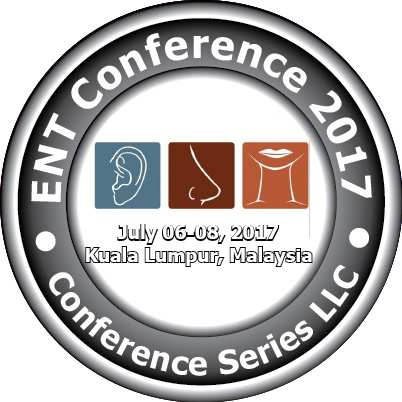
Ivica Klapan
The School of Medicine University of Zagreb, Croatia, EU, The Schools of Medicine J. J. Strossmayer University in Osijek, Croatia, EU, Klapan Medical Group Polyclinic, Zagreb, Croatia, EU
Title: Application of Advanced Virtual Reality and 3d-Computer Assisted Technologies in Ness
Biography
Biography: Ivica Klapan
Abstract
In the modern-day world medical technology, NESS-systems represent the technique with highly precise, extremely small navigation instruments which guides the surgeon through the software(1), provides the most flexible OR-setup, with automatic recognition of the surgeon’s intent during the procedure(2), and with no need to press a button, but with some functional limitations. If surgeons would need additional information (e.g. how deep, and where the pathologic process invaded standard “s.c. normal mucosal layer inside the sinus”, etc)(3), do they have appropriate, and sufficient support given by NESS, just even in very simple cases? The answer is “no”! But with additional application of several (semi) automatic tools (e.g. wave-propagation, skeleton-based approaches, and methods based on depth-maps)(4), developed as „simulated spaces“ (artificial reality), it is possible to provide appropriate support in OR (detection of regions of interest, structural&functional analyses, data-driven visualization techniques for data exploration)(5). From the very beginning of my 3D-CA-NESS/1994(6,7) , and tele3D-CA-NESS/1998, 3D-image analysis and processing, tissue modelling, and virtual endoscopy/surgery, represented a basis for various realistic simulations in standard-FESS. The possibility of exact preoperative, non-invasive visualization of the spatial relationships of anatomic and pathologic structures, including extremely fragile ones, size and extent of pathologic process, and of
precisely predicting the course of surgical procedure(8), allowed me considerable advantage in the preoperative examination of the patient and to reduce the risk of intraoperative complications (all this by use of different VR-methods)(9). Real-time-VR-technology will update the 3D-graphical visualization of the patient’s anatomy, providing a highly useful and informative visualization of the regions of interest, thus bringing advancement in defining the geometric information on anatomical contours of 3D-humanhead models by the transfer of so-called “image pixels to contour pixels”.

